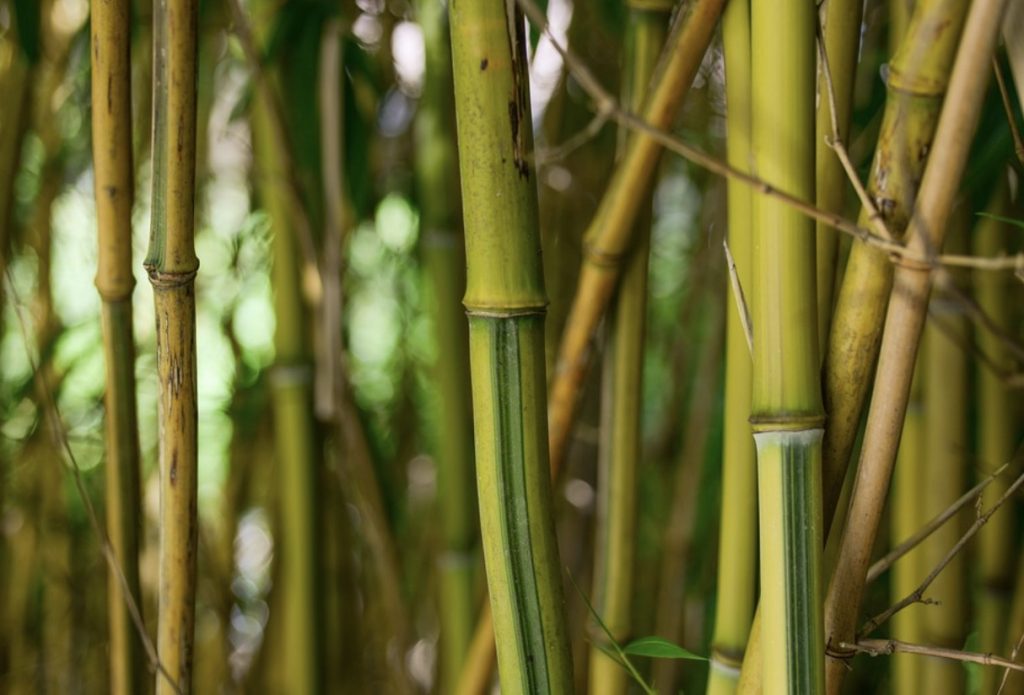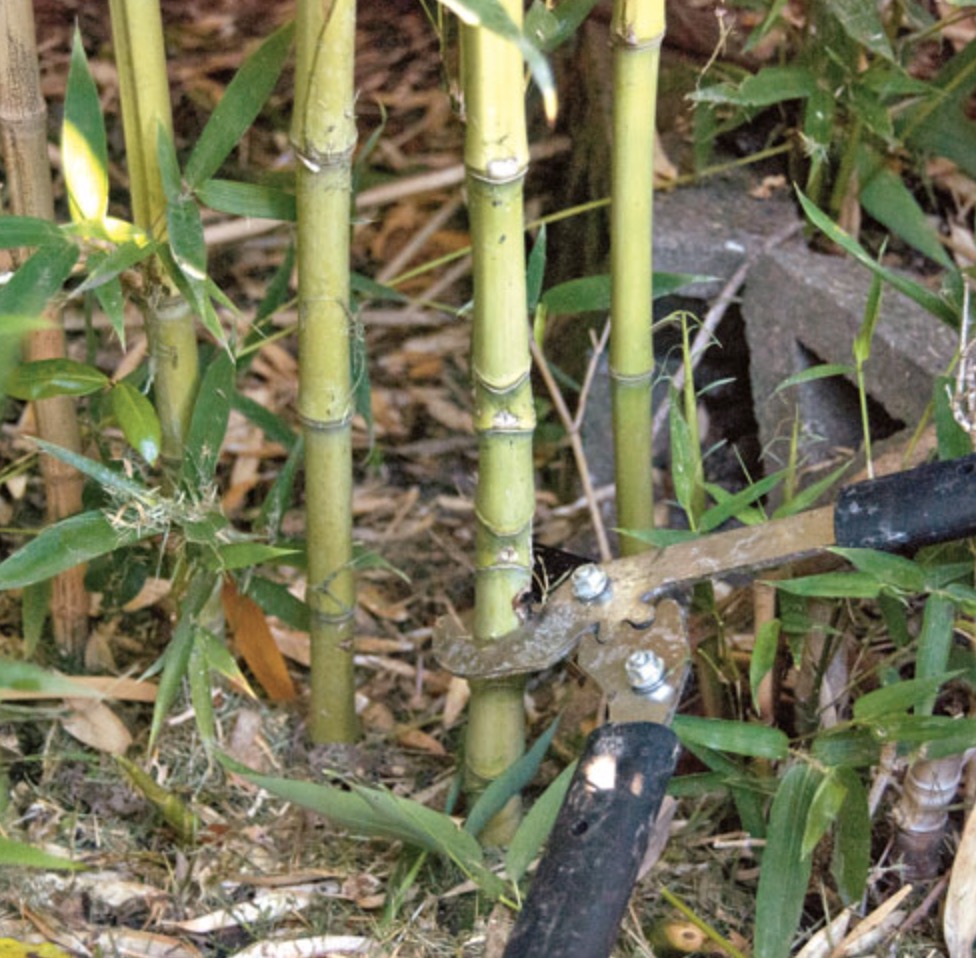Bamboo is a type of grass that grows in abundance across Asia, Europe, and America. It has been used for different purposes such as construction, food, medicine, and crafts. However, the leaves of the bamboo plant are often overlooked despite their miraculous benefits.
Bamboo leaves are a rich source of antioxidants and polyphenols that protect the body from free radical damage caused by toxins in the environment. They also contain flavonoids that promote cardiovascular health by reducing blood pressure and cholesterol levels. Additionally, bamboo leaves have anti-inflammatory properties that help to reduce inflammation in the body.
The miraculous benefits of bamboo leaves extend beyond physical health; they also have therapeutic effects on mental well-being. The aroma from burning bamboo leaves is known to reduce stress and anxiety levels while promoting relaxation and calmness. In traditional Chinese medicine, bamboo leaf tea is used to treat insomnia and improve cognitive function.

Bamboo Leaves
Bamboo leaves are the leaves of the bamboo plant, which is a member of the grass family. They are usually green in color and are shaped like a long, narrow ellipse with a pointed tip.
Bamboo leaves have been used for a variety of purposes throughout history. In some cultures, they are used as a food source and are added to soups, stews, and teas. They are also used as a natural wrapper for steamed rice dishes, and in some places, they are even fermented and turned into a type of tea.
Bamboo leaves are also used for medicinal purposes. They contain antioxidants and have been found to have anti-inflammatory properties, which can help reduce inflammation in the body. They are also believed to have a calming effect and are used in traditional medicine to treat anxiety and promote relaxation.
In addition to their culinary and medicinal uses, bamboo leaves are also used in crafts and decor. They can be woven into baskets, used to make paper, and even fashioned into hats or umbrellas. Overall, bamboo leaves are a versatile and useful part of the bamboo plant.
Environmental Benefits
Bamboo leaves, like the rest of the bamboo plant, offer several environmental benefits:
- Carbon Sequestration: Bamboo is known to be a highly effective carbon sink, meaning it absorbs more carbon dioxide from the atmosphere than most other plants. As such, the growth and cultivation of bamboo can help mitigate the effects of climate change.
- Soil Conservation: Bamboo has an extensive root system that helps to hold soil in place, preventing erosion and reducing the risk of landslides. This makes bamboo a useful plant for reforestation efforts, as well as for soil conservation in areas prone to erosion.
- Water Conservation: Bamboo requires less water than many other crops, making it a more sustainable option in areas where water resources are scarce. Additionally, bamboo plants can help to filter and purify water, making it a useful plant for riparian zones and wetlands.
- Biodiversity: Bamboo forests provide habitat for a diverse range of plant and animal species, making them important centers of biodiversity. The leaves of bamboo plants are also a food source for many animals, including pandas, which are an endangered species.
Overall, bamboo leaves and the rest of the bamboo plant offer several environmental benefits, making it an important plant for sustainable agriculture, reforestation, and biodiversity conservation efforts.
Culinary Uses
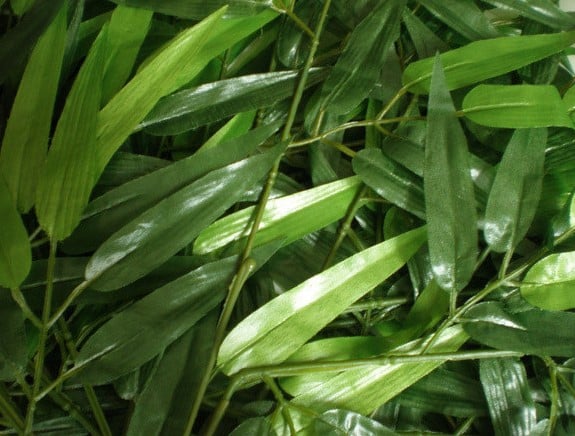
Bamboo leaves are used in various culinary traditions around the world. Here are a few examples:
- Wrapping Food: Bamboo leaves are often used to wrap food for cooking or serving. In Chinese cuisine, for example, sticky rice is wrapped in bamboo leaves and steamed to make a dish called zongzi. In Indonesian cuisine, bamboo leaves are used to wrap grilled fish or meat to add flavor and moisture.
- Flavoring Soups and Stews: Bamboo leaves can be added to soups and stews to impart a subtle, earthy flavor. In Korean cuisine, for example, a soup called jjigae is made with bamboo shoots and leaves, along with tofu and other vegetables.
- Making Tea: Bamboo leaves can be dried and brewed into a tea that has a light, slightly sweet flavor. In some cultures, bamboo tea is believed to have health benefits, such as aiding digestion and promoting relaxation.
- Adding to Salads: Fresh bamboo leaves can be used in salads to add texture and flavor. In Vietnamese cuisine, for example, bamboo leaf salad is a popular dish made with sliced bamboo leaves, herbs, and a sweet and sour dressing.
- Fermenting: In some cultures, bamboo leaves are fermented and used to make a type of tea called bamboo leaf tea. The fermentation process creates a unique flavor and aroma, and the tea is believed to have health benefits such as aiding digestion and reducing inflammation.
Overall, bamboo leaves offer a versatile ingredient in many different culinary traditions, adding flavor and texture to a wide range of dishes.
Traditional Medicinal Uses
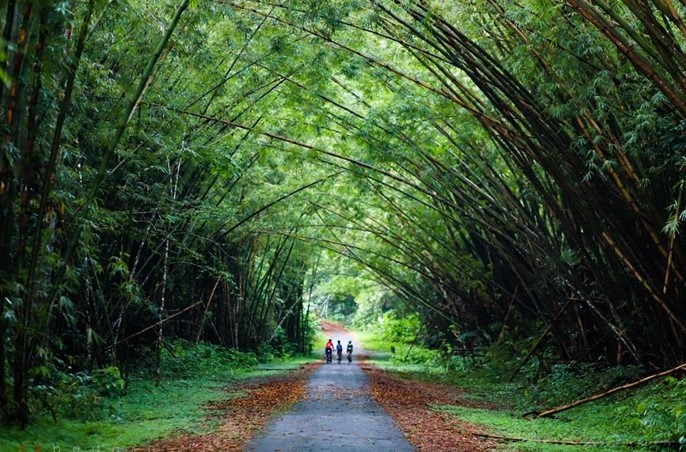
Bamboo leaves have been used in traditional medicine for centuries in many cultures. Here are a few examples of traditional medicinal uses of bamboo leaves:
- Reducing Inflammation: Bamboo leaves contain compounds such as flavonoids and phenolic acids that have anti-inflammatory properties. In traditional medicine, bamboo leaf extracts are used to treat conditions such as arthritis, gout, and other inflammatory disorders.
- Promoting Relaxation: Bamboo leaves contain compounds that have a calming effect on the body. In some traditional medicine systems, bamboo leaf tea is used as a natural remedy for anxiety, stress, and insomnia.
- Improving Digestion: Bamboo leaves contain dietary fiber, which can help regulate digestion and prevent constipation. In traditional medicine, bamboo leaf tea is often used as a natural remedy for digestive issues such as bloating, gas, and diarrhea.
- Treating Respiratory Conditions: In traditional Chinese medicine, bamboo leaves are used to treat respiratory conditions such as coughs, bronchitis, and asthma. The leaves contain compounds that can help soothe and relieve inflammation in the respiratory system.
- Promoting Wound Healing: Bamboo leaves contain natural antioxidants and antibacterial compounds that can help promote wound healing and prevent infection. In traditional medicine, crushed bamboo leaves are often applied topically to wounds and cuts to help speed up the healing process.
Overall, bamboo leaves have a long history of traditional medicinal uses, and modern research has shown that they contain several compounds with potential health benefits. However, it is important to note that bamboo leaves should not be used as a substitute for medical treatment and should always be used under the guidance of a qualified healthcare professional.
Crafting and Decoration Uses
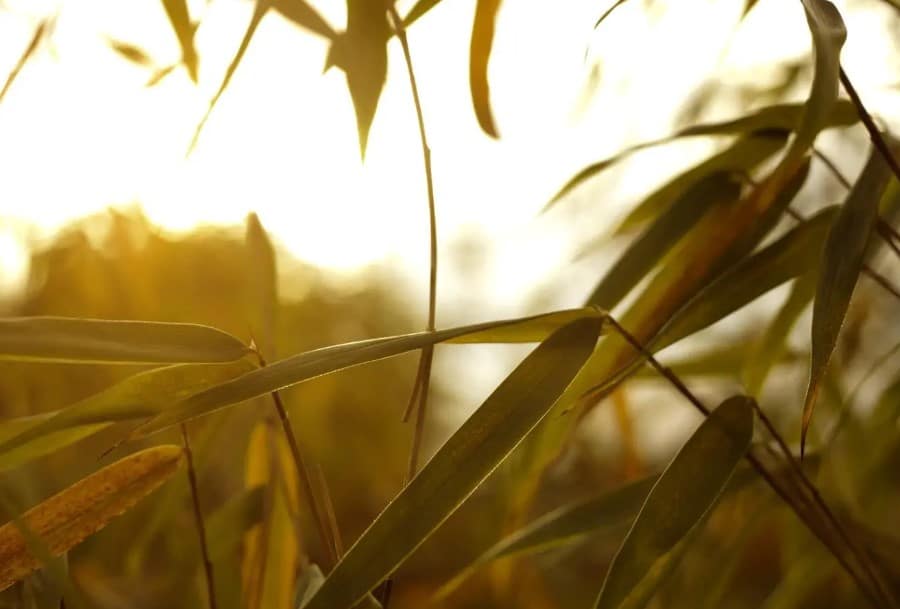
Bamboo leaves can be used in various crafting and decoration projects due to their versatility and aesthetic appeal. Here are a few examples:
- Weaving: Bamboo leaves can be woven into baskets, mats, and other objects. In some cultures, bamboo leaves are used to create intricate designs on woven objects, such as hats and fans.
- Papermaking: Bamboo leaves can be processed into paper, which is lightweight, durable, and has a unique texture. The paper can be used for a variety of purposes, such as wrapping gifts or creating artwork.
- Home Decor: Dried bamboo leaves can be used as a natural and sustainable alternative to synthetic materials in home decor. For example, they can be used to create wall hangings, table centerpieces, or wreaths.
- Fashion Accessories: Bamboo leaves can be used to create unique fashion accessories, such as hats, purses, and jewelry. They can be woven or glued onto fabric to create interesting textures and designs.
- Garden Decoration: Bamboo leaves can be used to create decorative garden features, such as fences, trellises, and screens. They can also be used to create natural shade structures, such as pergolas or awnings.
Overall, bamboo leaves offer a versatile and eco-friendly material for crafting and decoration projects. They can add natural beauty and texture to a variety of objects and spaces.
Textile Manufacturing Uses
Bamboo leaves can be used in textile manufacturing to create fabrics that are sustainable, eco-friendly, and comfortable to wear. Here are a few examples of textile manufacturing uses of bamboo leaves:
- Yarn Production: Bamboo leaves can be processed into yarn, which can be used to create a variety of fabrics, such as knitwear, woven fabrics, and blends with other natural fibers. Bamboo yarn is known for its softness and breathability, making it a popular choice for clothing, towels, and bedding.
- Dyeing: Bamboo leaves can be used to create natural dyes, which can be used to color fabrics. The leaves contain chlorophyll and other pigments, which can produce shades of green and yellow when extracted and used as dyes.
- Fiber Blending: Bamboo leaves can be blended with other natural fibers, such as cotton, hemp, or silk, to create unique fabric blends. These blends can enhance the durability, softness, and moisture-wicking properties of the resulting fabric.
- Insulation: Bamboo leaves can be used as a natural insulation material, which can be used to create a range of products such as blankets, sleeping bags, and jackets. The leaves are naturally breathable and moisture-wicking, which helps to regulate body temperature and keep the wearer comfortable.
- Non-Woven Fabrics: Bamboo leaves can also be used to create non-woven fabrics, which are used in a variety of applications such as hygiene products, filtration systems, and packaging materials.
Overall, bamboo leaves offer a sustainable and eco-friendly material for textile manufacturing, and their versatility and unique properties make them an attractive option for a variety of textile products.
Conclusion
Bamboo leaves offer a wide range of benefits and uses, from environmental benefits to traditional medicinal uses, culinary applications, crafting and decoration uses, and textile manufacturing uses. They are a sustainable and eco-friendly resource, as bamboo is a fast-growing and renewable plant. Additionally, bamboo leaves contain various compounds such as antioxidants, anti-inflammatory agents, and fiber, which offer potential health benefits. Bamboo leaves can be used in a variety of ways, from creating sustainable fabrics and textiles to creating decorative crafts and natural dyes. Overall, bamboo leaves are a versatile and valuable resource with many potential benefits for both human health and the environment.
Help Us! Share on:




